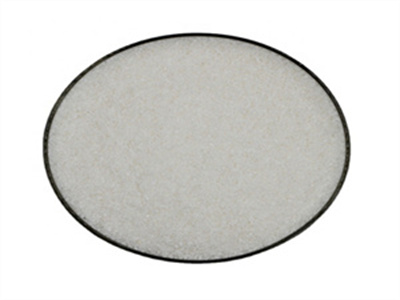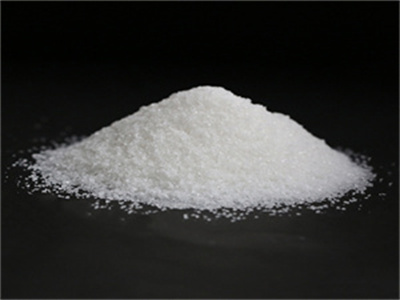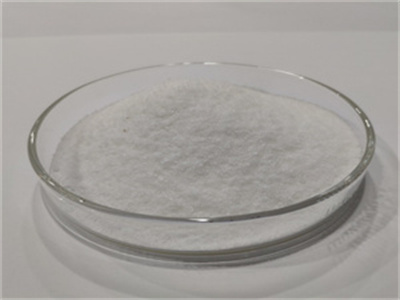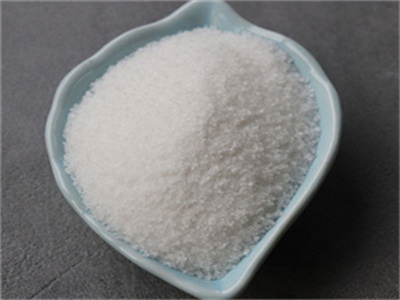polyacrylamide in agriculture and environmental land
| Classification | Chemical Auxiliary Agent |
| Appearance | White granule/power |
| Molecular Weight | 6-15million |
| CAS No. | 9003-05-8 |
| Package | 25kg / bag, kraft paper bag or as requested |
| Application | Effluent disposal |
anionic polyacrylamide (pam) has been sold since 1995 to reduce irrigation‐induced erosion and enhance infiltration. its soil stabilizing and flocculating properties improve runoff water quality by reducing sediments, n, dissolved reactive phosphorus (drp) and total p, chemical oxygen demand (cod), pesticides, weed seeds, and microorganisms in runoff.
polyacrylamide effectiveness, and cost
| Classification | Chemical Auxiliary Agent |
| Appearance | White Powder/crystal |
| Molecular Weight | 9-10million |
| CAS No. | 9003-05-8 |
| Package | Net Weight 25kg/bag |
| Application | Paper Chemicals |
erosion research laboratory, west lafayette, in 47906-1196, usa.corresponding author: [email protected]. abstract soil degradation is a significant problem throughout the world. use of soil amendments, including anionic polyacrylamide (pam), is one of many options for protecting soil resources. polyacrylamide has been the
waste water treatment polyacrylamide
| Classification | Chemical Auxiliary Agent |
| Appearance | White Powder |
| Molecular Weight | 8-15million |
| CAS No. | 9003-05-8 |
| Package | 900-1000kg packed in one pallet |
| Application | Drinking Water Treatment |
polyacrylamide (iupac poly(2-propenamide) or poly(1-carbamoylethylene), abbreviated as pam) is a polymer (-ch 2 chconh 2-) formed from polyacrylamide subunits. it can be synthesized as a simple linear-chain structure or cross-linked, typically using n,n'-methylenebisacrylamide.
waste water treatment polyacrylamide
| Classification | Chemical Auxiliary Agent |
| Appearance | White to off-white Crystalline Granular |
| Molecular Weight | 19-21 million |
| CAS No. | 9003-05-8 |
| Package | 25kg / bag, kraft paper bag or as requested |
| Application | Sewage Water Treatment Industry |
polyacrylamide gel electrophoresis (page) was performed at alkaline ph under non-denaturing conditions. the separating and stacking gels were respectively 9% and 4% of acrylamide; buffer solutions were: 50 mm tris-hcl (ph 9.5) for separating gel, and 18 mm tris-hcl ph 7.5 for stacking gel; the electrode reservoir solution was 25 mm tris, 190 mm
paper dispersing agent anionic polyacrylamide apam
| Classification | Chemical Auxiliary Agent |
| Appearance | White Powder |
| Molecular Weight | 5-12 million |
| CAS No. | 9003-05-8 |
| Package | 25kg Kraft Paper Bag |
| Application | coal washing,metallurgy industries |
polyacrylamide applications in papermaking industry. 3. the polyacrylamide can be used as the dispersing agent. the dispersing agent is a common additive in the paper making industry to reduce the fiber flocculation which can improve the paper formation, thereby, it is also known as the resistance or the suspension of the flocculant.





